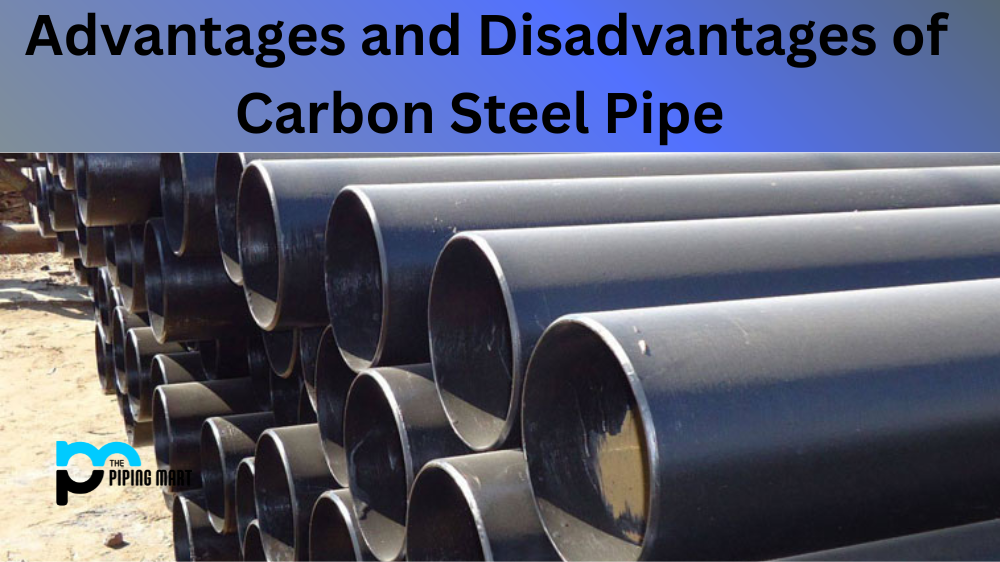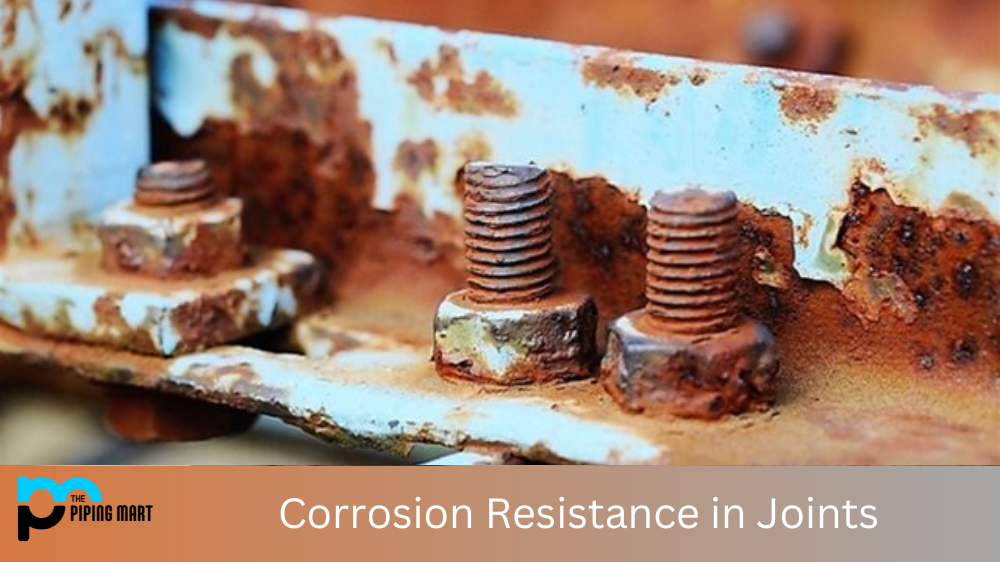Have you ever wondered what sets billet steel and steel apart from one another? Billet steel is a type of steel that has been moulded into a specific shape, while regular steel is not. In this blog post, we’ll break down the differences between these two types of materials so you can make an informed decision when it comes to choosing the best option for your project.
Difference Between Billet Steel and Regular Steel
Billet steel is made by taking a large block of metal—usually hot rolled steel—and heating it up until it’s malleable enough to be shaped into a specific form. The process also allows for some additional components, such as carbon or other alloying elements, to be added to the mix in order to give the finished product certain properties (e.g., increased strength). This type of steel is typically used in applications where high-strength and/or precision shapes are required (e.g., firearms components).
Regular steel, on the other hand, is just plain old carbon steel that hasn’t been subjected to any additional process or treatments. This type of material is usually less expensive than billet steel and can be used in many applications where strength isn’t a major factor (e.g., furniture). However, because this type of material isn’t subjected to any additional treatments or processes, its properties aren’t as consistent as those found in billet steel products.
The primary difference between billet steel and regular steel lies in their respective strengths and weaknesses. Billet steel offers greater strength and durability but comes at a higher cost than regular steel due to its more complex manufacturing process. On the other hand, regular steels are inexpensive but lack the same level of strength found in billet steels. Thus, when considering which type of material should be used for your project, it’s important to take into account both cost and desired performance outcomes before making a final decision.
- Billet steel is a type of steel that is produced by hot rolling and then cold drawing.
- Billet steel has a higher carbon content than other types of steel, which gives it a higher strength-to-weight ratio.
- Billet steel is typically used in applications where high strength and low weight are required, such as in the automotive and aerospace industries.
- Billet steel is more expensive than other types of steel due to its higher carbon content and manufacturing process.
- Steel is an alloy of iron and carbon and is the most commonly used material in the world.
- Steel can be classified into different types based on its composition, including carbon steel, alloy steel, and stainless steel.
Conclusion:
In conclusion, there are several factors that set billet steel apart from regular steels, including cost, production complexity, and ultimate performance outcome potentials. Such variables need to be carefully considered when deciding which type of material will provide the highest return on investment for your particular application requirements. Ultimately, understanding the differences between these two types of materials will help you make an educated decision about which option best suits your needs – ensuring that you get exactly what you need out of your materials investment!

A passionate metal industry expert and blogger. With over 5 years of experience in the field, Palak brings a wealth of knowledge and insight to her writing. Whether discussing the latest trends in the metal industry or sharing tips, she is dedicated to helping others succeed in the metal industry.




